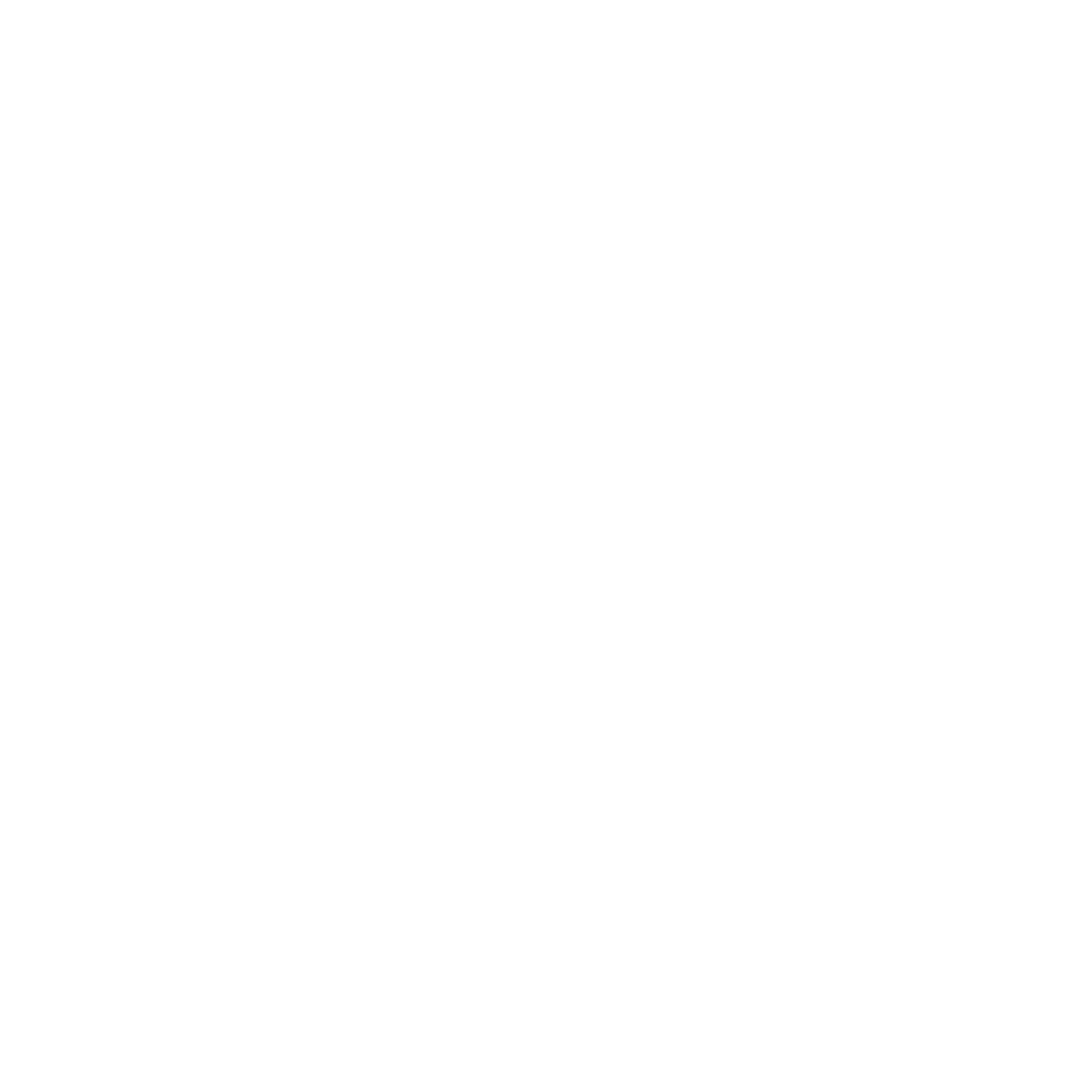
University of Melbourne authors retain the copyright to their Scholarly Works, as established in the Intellectual Property Policy (MPF1320). As copyright holders, authors can enter into publishing contracts (also called author agreements or publishing agreements).
A publication's corresponding author is usually presented with a publishing contract after their work has been accepted for publication (after peer review). A contract will establish:
To learn more about copyright and licensing, see the University Copyright Office website, which includes pages on:
If your work includes Indigenous Cultural and Intellectual Property (ICIP) or has involved Indigenous people or knowledges, it is important to respect the rights of First Nations individuals and communities to be consulted regarding dissemination.
It is important to be mindful of how widely ICIP should be shared, and under what terms. Note that the NHMRC Open Access Policy and the University's Principles for Open Access provide exceptions from open licensing requirements for research that involves Aboriginal and Torres Strait Islander people, communities, and knowledges.
For more information, see:
When publishing your work open access, or sharing your work in a repository, you may need to apply a Creative Commons (CC) licence. These are a kind of open licence that clearly communicates how others can use the work.
The Creative Commons Attribution (CC BY) licence is preferred by the University of Melbourne, ARC, and NHMRC. NHMRC grant holders may be required to use the CC BY licence when making their outputs open access immediately upon publication. See our Principles for Open Access and Funder Open Access Policies pages for details.
CC licences range from more open to less open:

Used in different combinations, the BY (Attribution), SA (Share Alike), NC (Non-Commercial), and ND (No Derivatives) elements can comprise six distinct licences. Authors can also commit work to the public domain by adopting a Creative Commons Zero (CC0) licence, although this is rarely supported in scholarly publishing.
Note that more restrictive CC licences, such as the Creative Commons Attribution-NonCommercial-NoDerivatives (CC BY-NC-ND) licence, when combined with CTAs or exclusive LTPs, can result in authors having fewer rights than they would with more open licences (cOAlition S, 2022; White, 2022).
See the Copyright Office's advice on selecting a licence for your work for more information.